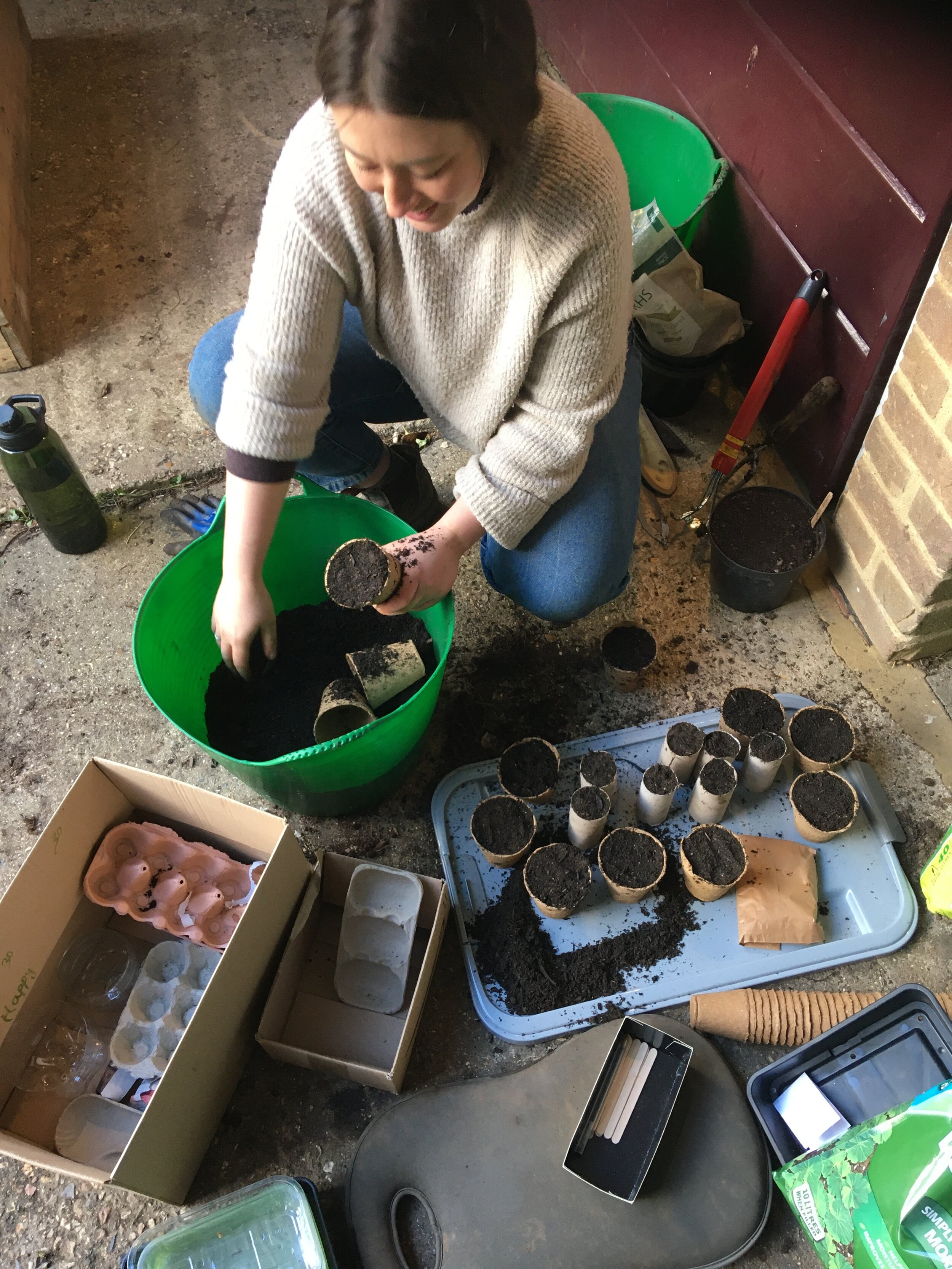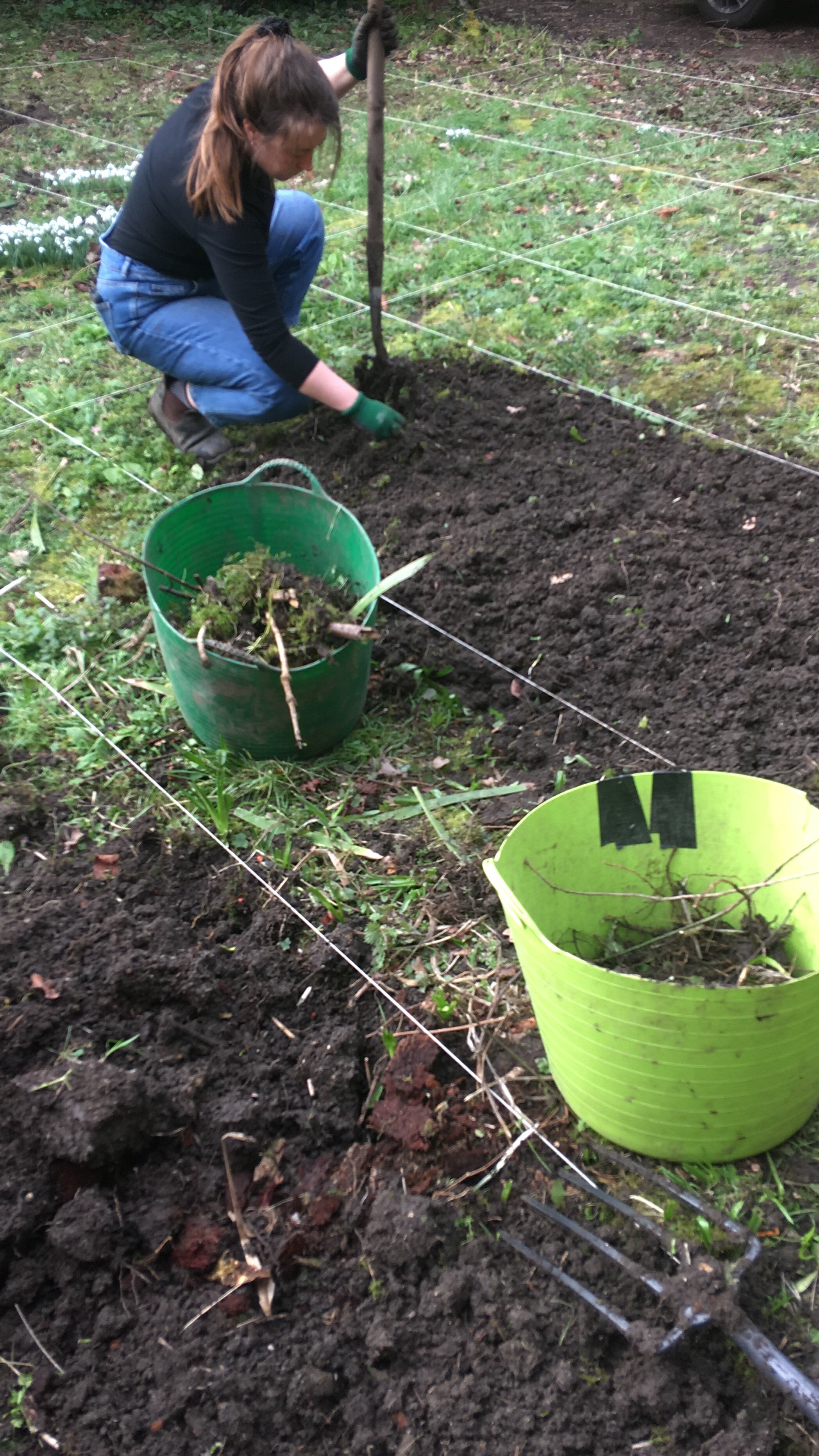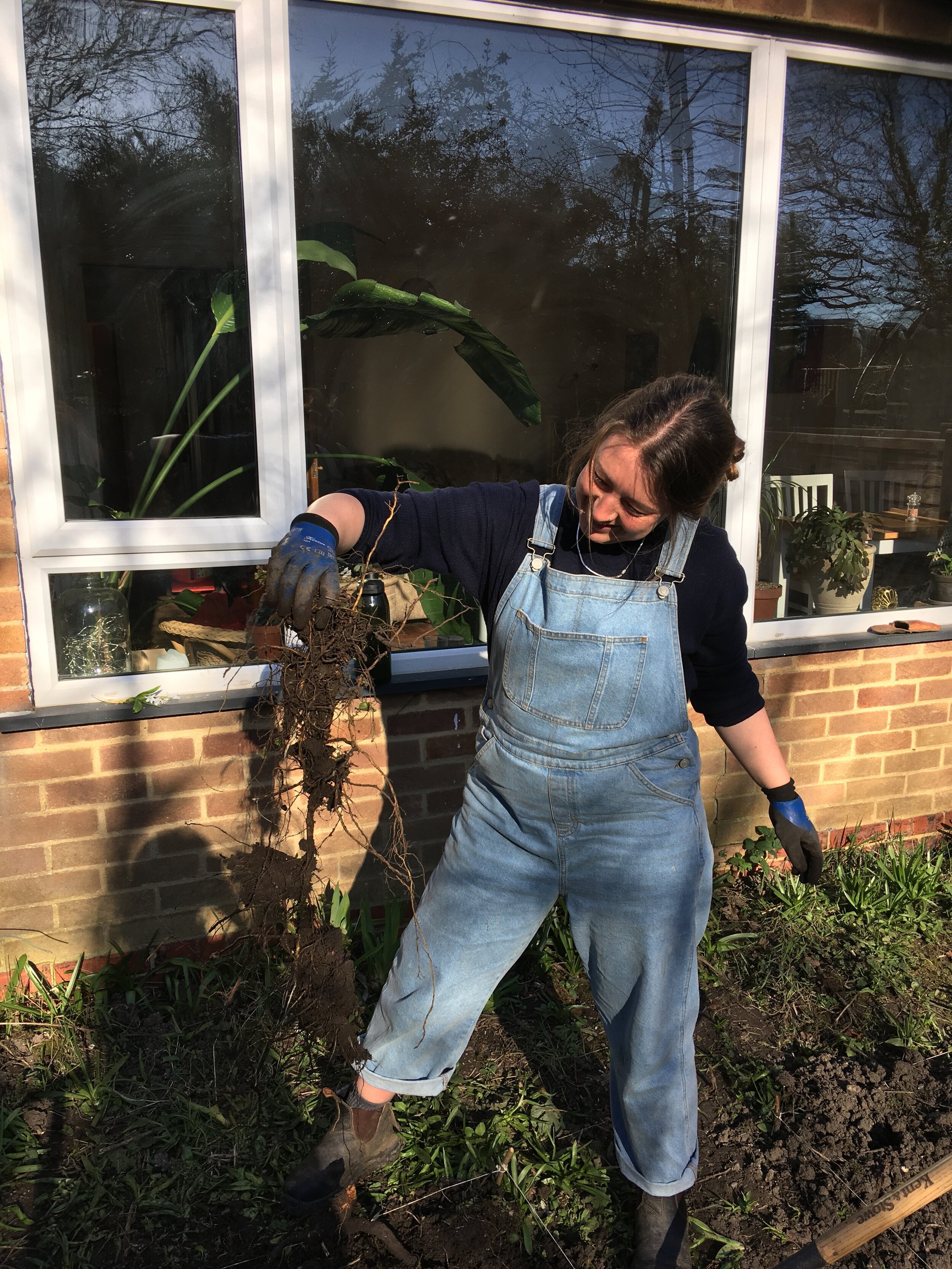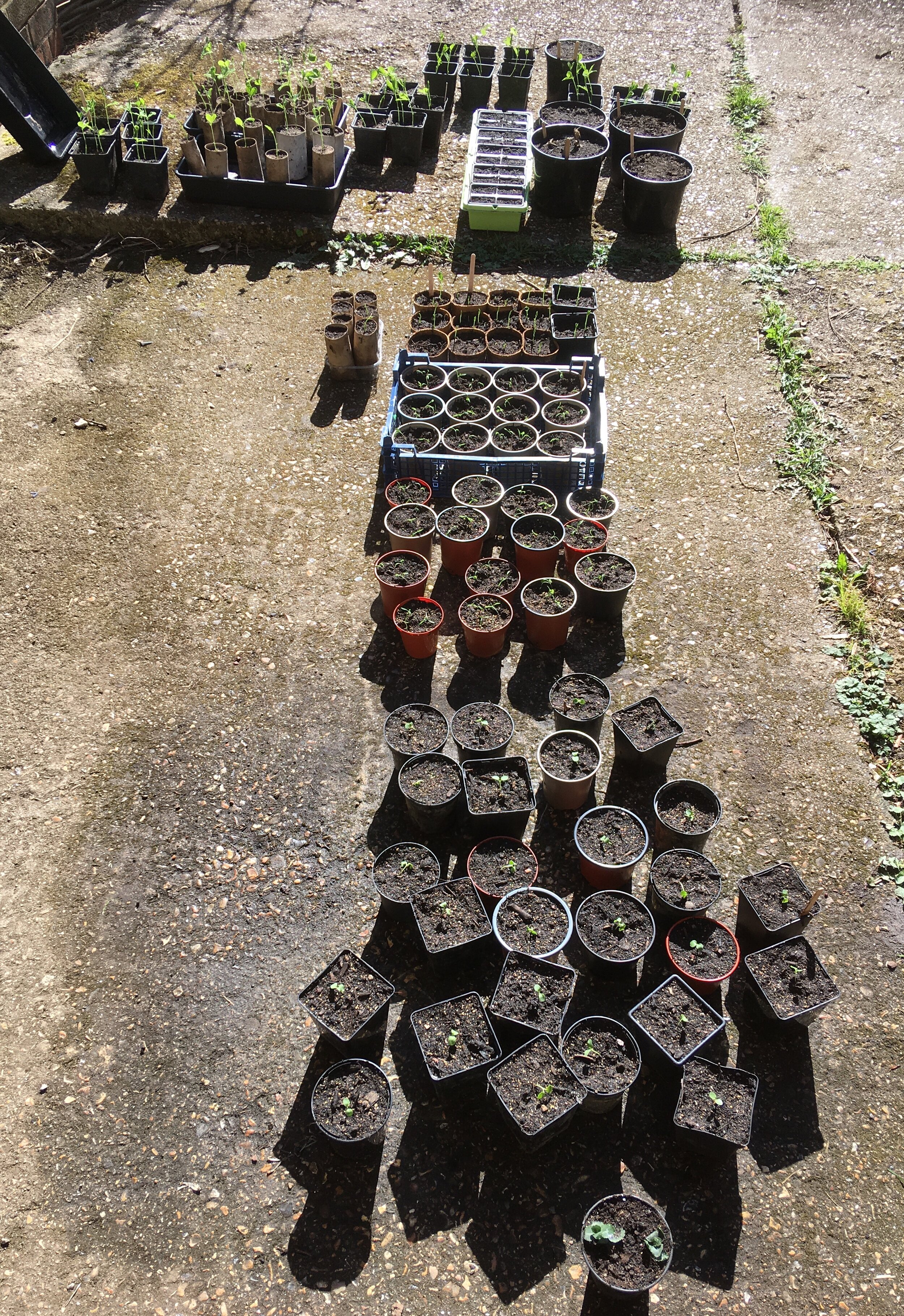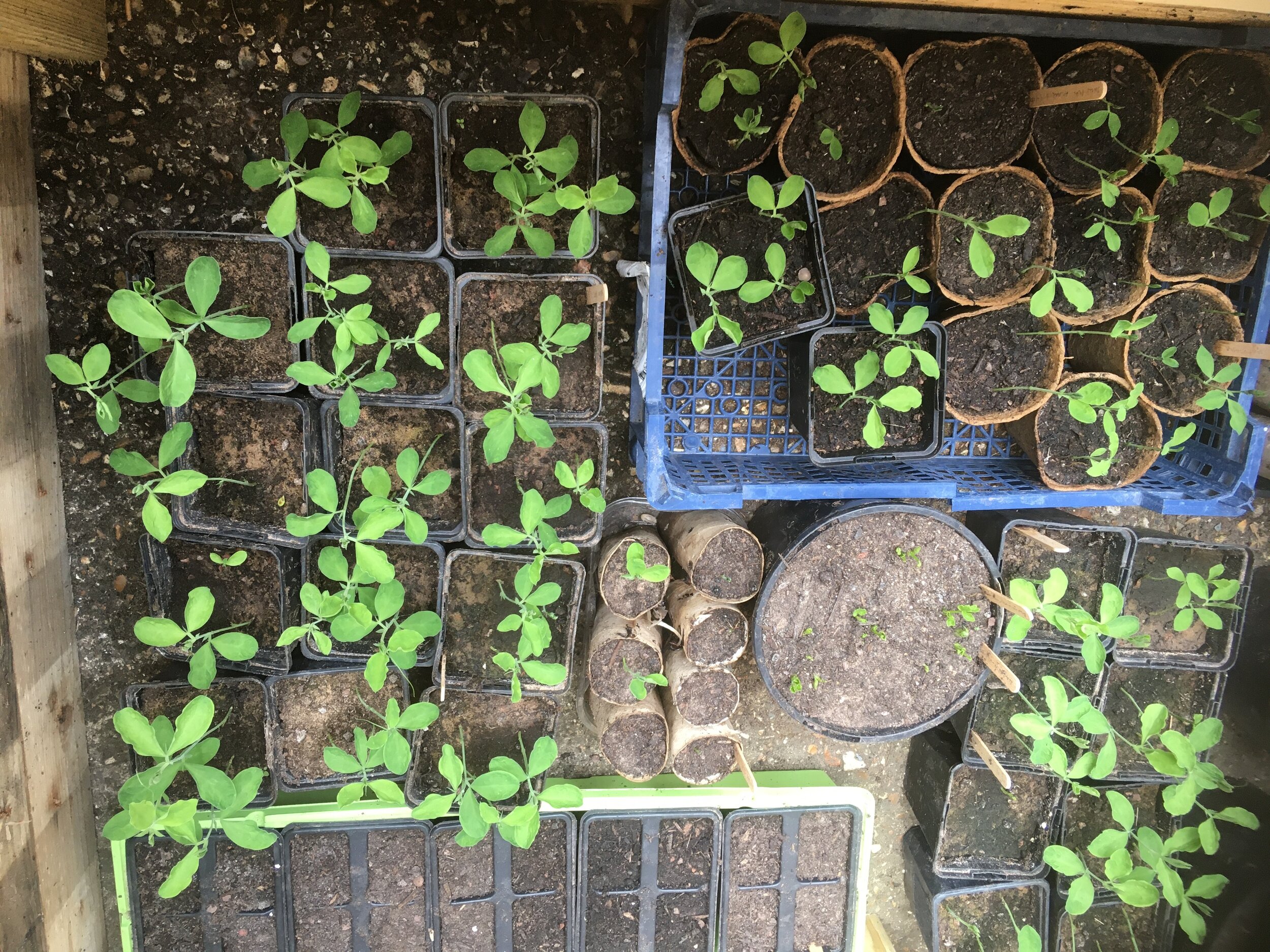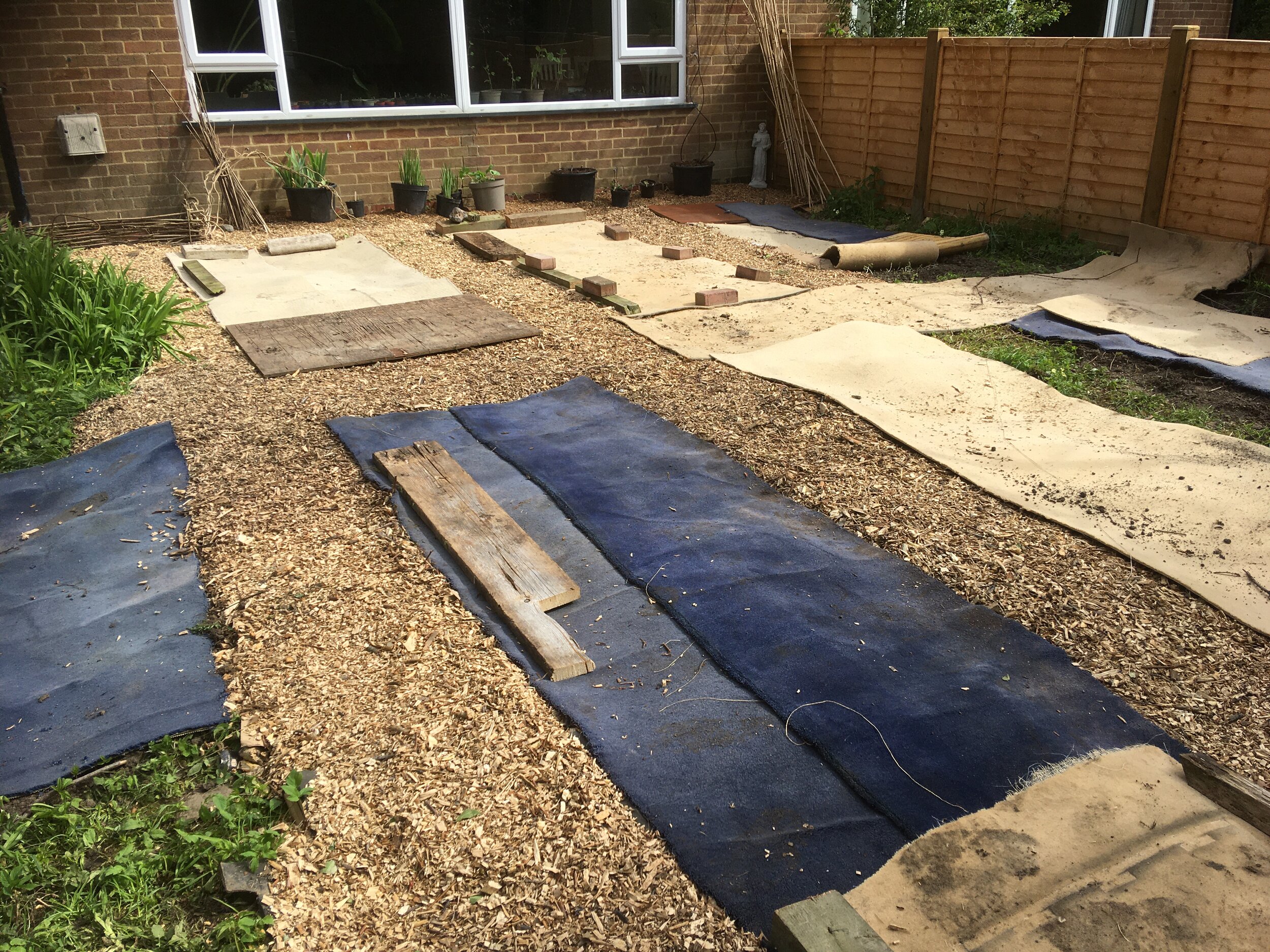Growing a Cut Flower Garden
Hannah and I decided to start growing a cut flower garden back in January. The idea arose during a very wet dreary morning, following on from an over-excited conversation about how much we were looking forward to summer, and how we love little home-grown posies. It was early lockdown 3.0 and daydreaming was high on the agenda. Dreaming aside, we decided to go for it – with the hope that we’d learn some new skills and turn my sad-looking rental garden into a small piece of paradise. And although it’s only been a few months into our growing adventure, so far we have learnt a lot (mostly through making mistakes, but this is the best way to learn, right?!)
Planning:
There were definitely a few elements that we spent a while considering before we started: space, time and money. We worked out how much we felt comfortable spending; how much space in the garden we wanted to dedicate to our cut flowers. We counted how many sunny windowsills were available and whether or not we needed a cold frame (turns out that, yes, we did). We also thought through much time we could feasibly give each week to care and maintenance; the best ways to organise ourselves for successional sowing, and Hannah even drew up a detailed colour-coded plan complete with dimensions. We were then ready to move on to planning the fun things like our favourite type of bouquets; colour combinations; the foliage and texture contrasts we loved; and which show-stopper dahlias to go for!
Preparing our beds:
We’re both really interested in the no-dig method of growing and really wanted to try it out this growing season. Sadly, we didn’t have access to enough compost in order to build the beds as the first year requires a lot of compost to make new beds, but then very little in subsequent years. Instead, we opted to do a ‘minimal dig’ method, added lots of well-rotted organic manure and covered it with old carpet to suppress weeds and warm the soil. However, we did manage to make our paths without disturbing the soil by using layers of cardboard to suppress the weeds and then plenty of wood chips on top, generously donated to us from a few local arborists.
Seeds:
When buying our seeds there are were two key things we looked for: flowers that have a good vase life and long, strong stems. Keeping those two things in mind when we were ordering our seeds really helped when the online basket inched ever-closer to 180 different seed packets. We edited down to a modest 40. Turns out it’s also a good idea to double-check whether things are annuals, biennials or perennials (we ended up with quite a few things that won’t flower until next year, oops!). We went with good, solid cutting favourites such as Sweet-peas; Cosmos; Ammi majus, Stocks; Scabiosa; Ranunculus; Dahlias and Sunflowers – especially the pink, apricot and white cultivars.
Sowing:
We’re right in the middle of sowing as I type this in April, enthusiastically waiting for little shoots to arise.
Keeping and referring back to the seed packets has been good practice for us, to help remind us what seeds like what conditions, especially when there are a lot of different things germinating at the same time. Top tips we’ve learnt: water by capillary rise when handling little seeds to stop them from getting washed away. Don’t sow too early, there is still plenty of time. It’s worth investing in good quality peat-free compost like Melcourt, otherwise, you might get weird little mushrooms growing alongside your seedlings.
Community:
There’s an amazing community of flower farmers out there, and we’re spending our commutes listening to podcasts and our evenings watching great informational videos. The Florence team have also been wonderful at helping to answer our questions, and Alison has been extremely generous with her donations of pots and plants alongside her continued encouragement and support.
We’re still pretty much at the beginning of our cut flower journey, but we’re enjoying every step. Fresh cut flowers have to be one of life's best little luxuries and we can’t wait to start harvesting!
To follow our journey, find us at @littlefield_flowers on Instagram.
Author - Hannah Clarke

